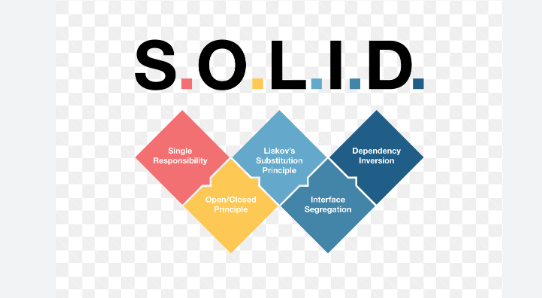I'm always excited to take on new projects and collaborate with innovative minds.
contact@niteshsynergy.com
https://www.niteshsynergy.com/
I'm always excited to take on new projects and collaborate with innovative minds.
contact@niteshsynergy.com
https://www.niteshsynergy.com/
The SOLID principles LLD HLD


| Principle | Principle Core | Clean Code Tip (As You Mentioned) |
|---|---|---|
| S | Each class should do one thing only | 🔹 Make classes small and focused 🔹 Don't mix responsibilities |
| O | Extend behavior without modifying existing code | 🔹 Allow adding/removing logic without touching current logic |
| L | Subclass must behave like superclass | 🔹 Superclass reference should safely hold any subclass |
| I | Don't force unnecessary method implementation | 🔹 Create granular interfaces for exact behavior |
| D | High-level should depend on abstraction, not concrete | 🔹 Inject interface (superclass), not implementation |
| 💡 Your Thought | ✅ Matched Explanation |
|---|---|
| S: Make classes small and single-responsibility | ✔️ SRP section breaks logic, printing, and persistence into separate focused classes |
| O: Design in a way that new logic can be added without changing existing code | ✔️ OCP example lets you add new shapes without modifying AreaCalculator |
| L: Superclass should hold subclasses properly in inheritance | ✔️ LSP example uses Bird superclass and replaces safely with Sparrow, Crow |
| I: Don’t force classes to implement unnecessary interface methods | ✔️ ISP example breaks down Animal into Flyable, Swimmable, etc., used only as needed |
| DIP: Inject interfaces, not concrete classes. Let interface hold subclasses | ✔️ DIP uses MessageService as interface, injected into high-level NotificationSender class |
Rule:
| Principle | Design Pattern Synergy | Gaming Context |
|---|
| SRP | MVC, Clean Architecture | Separate combat logic from rendering and persistence |
| OCP | Strategy, Decorator | Add power-ups or attack modes easily |
| LSP | Polymorphism | Switch between NPC types safely |
| ISP | Role Interfaces, Adapter | Build modular components: shooter, jumper, defender |
| DIP | Dependency Injection, Inversion of Control | Easily plug different services (DB, cache, APIs) |
eg:→
| Principle | Key Rule | Gaming Analogy |
|---|---|---|
| SRP | One reason to change | PlayerManager shouldn't handle UI and DB |
| OCP | Extend, don’t modify | Add new weapons without changing WeaponManager |
| LSP | Subtypes should behave correctly | Mage shouldn't break game when used as a Player |
| ISP | Prefer small, specific interfaces | Don't force a tank to fly |
| DIP | Depend on abstractions | Use AudioService, not MP3Player directly |
A class should have only one reason to change, meaning it should have only one responsibility.
A system that separates data access logic, business logic, and presentation logic.
A user management module where one class handles user data and another class handles email notifications.
Code Example (Without SRP):
class UserManager {
public void createUser(String name, String email) {
System.out.println("User created with name: " + name);
sendEmail(email);
}
public void sendEmail(String email) {
System.out.println("Email sent to: " + email);
}
}
Refactored Code (With SRP):
class UserManager {
private EmailService emailService;
public UserManager(EmailService emailService) {
this.emailService = emailService;
}
public void createUser(String name, String email) {
System.out.println("User created with name: " + name);
emailService.sendEmail(email);
}
}
class EmailService {
public void sendEmail(String email) {
System.out.println("Email sent to: " + email);
}
}
Software entities (classes, modules, functions) should be open for extension but closed for modification.
A payment processing system that supports multiple payment methods (credit card, PayPal, etc.).
Adding a new payment type without modifying the existing code.